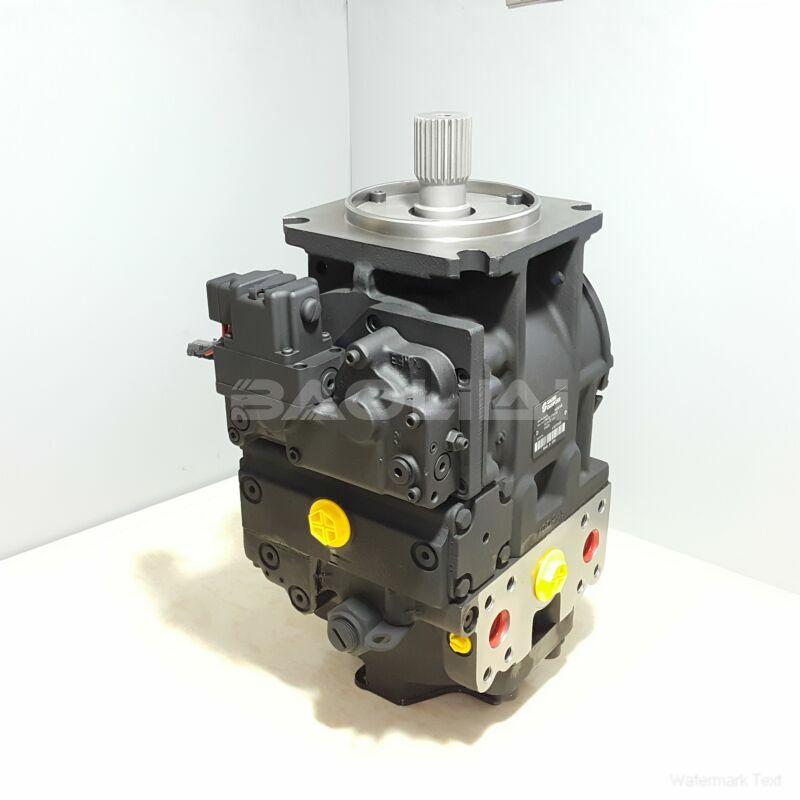90L075MA1NN60S3C7E03GBA383824 hydraulic pump
90L075MA1NN60S3C7E03GBA383824 hydraulic pump

- Product Details
- Applicable Scene
In the food industry, maintaining optimal temperatures for freezing and chilling is crucial to preserve the quality and safety of products. Hydraulic oil pumps play a vital role in enhancing the efficiency of these processes by offering precise control, robust performance, and rapid response capabilities. In this article, we will explore how hydraulic oil pumps contribute to the efficiency of food freezing and chilling equipment.
90-L-075-MA-1-NN-60-S-3-C7-E-03-GBA-38-38-24
90L075MA1NN60S3C7E03GBA383824
One of the primary benefits of hydraulic oil pumps is their ability to provide consistent and reliable power transmission. These pumps operate on the principle of fluid mechanics, which allows them to transfer energy efficiently from the motor to the cooling systems. This efficiency is particularly critical in applications such as blast freezers or chillers, where maintaining low temperatures is essential. By delivering hydraulic power smoothly, these pumps help ensure that freezing and chilling processes run without interruption, minimizing temperature fluctuations that can compromise product quality.

90426
Moreover, hydraulic oil pumps are known for their high energy density. Compared to electric motors, hydraulic systems can deliver more power with less energy consumption. This attribute makes hydraulic oil pumps particularly advantageous for large-scale food processing facilities that require extensive refrigeration systems. By leveraging hydraulic technology, these facilities can achieve substantial energy savings while operating their freezing and chilling equipment.
The versatility of hydraulic oil pumps also enhances the efficiency of food freezing and chilling equipment. They can easily be integrated into complex systems where multiple functions need to be performed simultaneously. For instance, a hydraulic system can control various aspects of a refrigeration unit, including pressure regulation, temperature control, and fluid circulation. This multifaceted capability allows for better coordination and optimized performance of the entire freezing or chilling process, leading to increased system efficiency.





